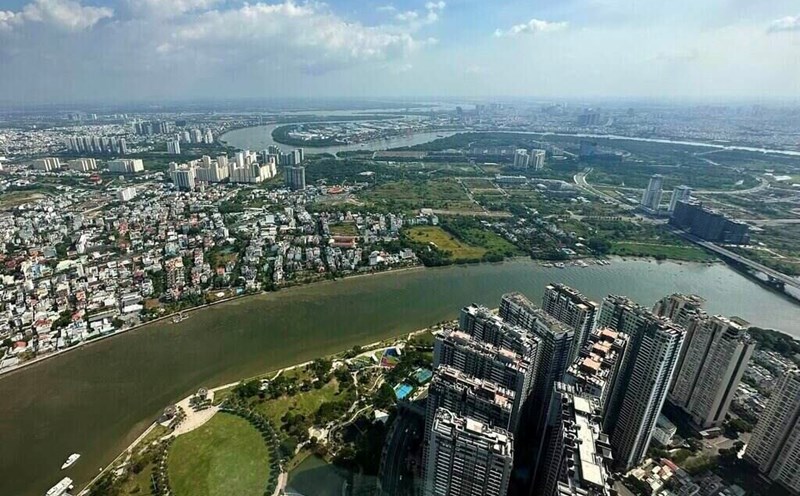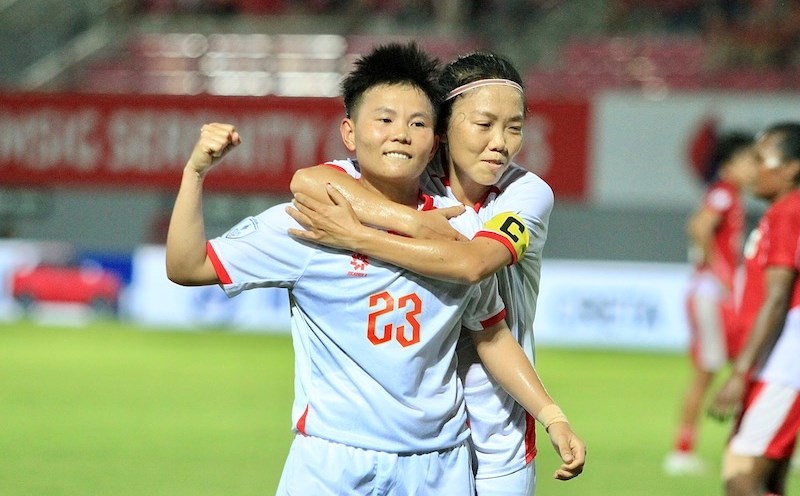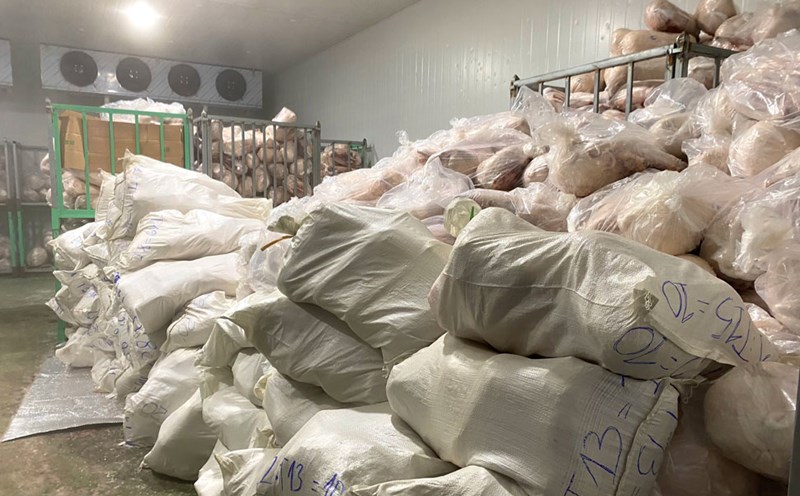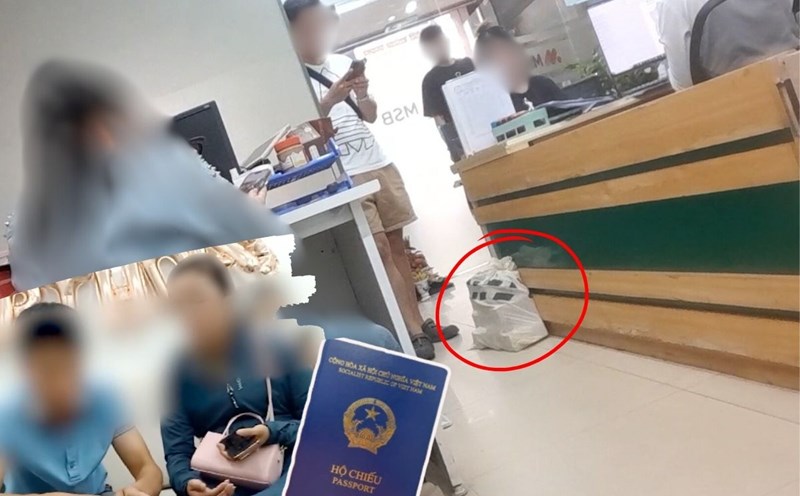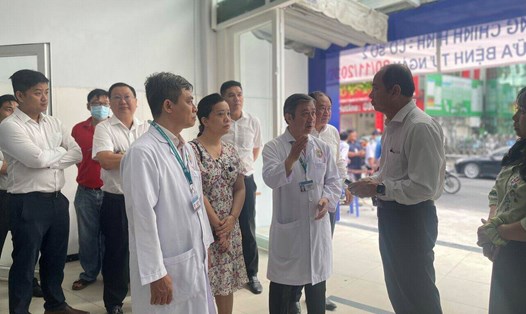Direct surgical incision from the operating room
Patient V.T.K.O (63 years old) suffered from multi-layered lumbar spine degeneration, disc herniation from L2/L3 to L5/S1, causing compression of the L5, S1 nerve roots on both sides, and tearing of the disc around the fiber. Therefore, it is necessary to perform a neurosuppression and combine the lumbar spine to attract the spine through the skin to release compression and quickly restore movement.
Thanks to the ability to create sharp three-way images in real time, C-arm 3D technology integrates AI features that automatically determine the location of the lesion accurately, helping the doctor place screws, operate surgical tools safely and effectively, avoiding the impact of nerves and soft tissues. Thanks to that, the surgical time was significantly shortened, invasiveness was reduced, patients recovered quickly, and were discharged early.
The first online surgery is the attraction of the artery through the skin in the treatment of spinal degeneration, performed by Associate Professor, Dr. Ha Kim Trung - Deputy Director of Medicine at Hong Ngoc General Hospital - Phuc Truong Minh and professional consultant, Dr. Dietmar Krappinger, clearly demonstrated the superior advantages of the new generation C-arm 3D technology.
The second patient, B.T.H (73 years old), was diagnosed with left knee degenerative, accompanied by tearage of the rear roots of the internal temples, degenerative cartilage, soft edema around the joints and pet alone in the kho khoe area.
With this condition, the doctor prescribed surgery to completely replace the knee joint using the method of dongoc propulsive axillation without amputation of tendons.
The surgery was performed by Dr. Le Quang Huy - Head of the Department of Orthopedic Trauma - Cranial Neurology, Hong Ngoc General Hospital - Phuc Truong Minh and Professor Dr. Hiranaka Takafumi, who made a strong impression thanks to their optimization in soft tissue conservation techniques.
This technique is applied in developed countries and Prof. Dr. Hiranaka Takafumi has successfully transferred it to Hong Ngoc General Hospital, with many outstanding advantages: maximum soft tissue preservation, artificial knee joints positioned accurately according to the natural movement axis, giving patients a solid, balanced walking shape, helping them to have less pain and can walk early after 1-2 days of surgery, avoiding the risk of axis deviation and joint disorders.
These are two surgeries reported directly from the operating room, reported in the International Workshop " applying a bright screen (C-arm) in the practice of Orthopedic Trauma Surgery" held at Hong Ngoc General Hospital - Phuc Truong Minh on August 9.
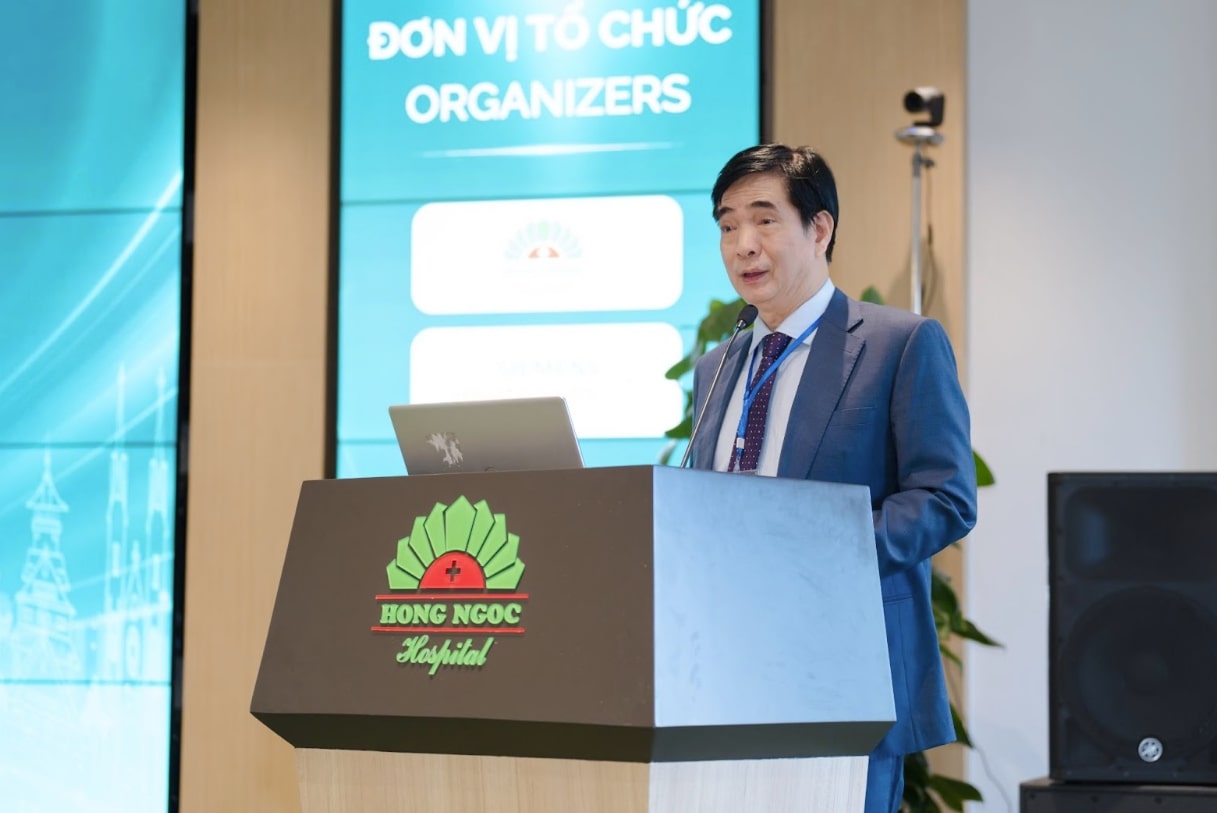
Aiming for less invasive, accurate and fast recovery solutions
In the context of Orthopedic trauma surgery increasingly focusing on less invasive, accurate and fast recovery solutions, the use of C-arm equipment in the operating room has become popular. However, mastering this technology and effectively applying it to each specific case is still a challenge for many doctors.
Associate Professor, Dr. Ha Kim Trung - Deputy Medical Director of Hong Ngoc General Hospital - Phuc Truong Minh said: "The workshop " application of a bright shield (C-arm) in the practice of Orthopedic Trauma Surgery" is a valuable opportunity to help doctors master and effectively apply C-arm technology in each case of Orthopedic Trauma, updating the most modern treatment trend.
I think applying C-arm in diagnosed arms surgery is very useful. In surgery for injuries, the fracture will be a complex three-dimensional structure, so it is not simple to accurately visualize the location and shape of the fractions. Applying Carm 3D equipment helps doctors easily observe and shape more fractures, thereby locating bone fixation points, shortening surgical time and reducing the level of invasion for patients - Prof. Dr. Hiranaka Takafumi - Director of the Center for Arthritis Surgery, Takatsuki General Hospital, Japan affirmed.
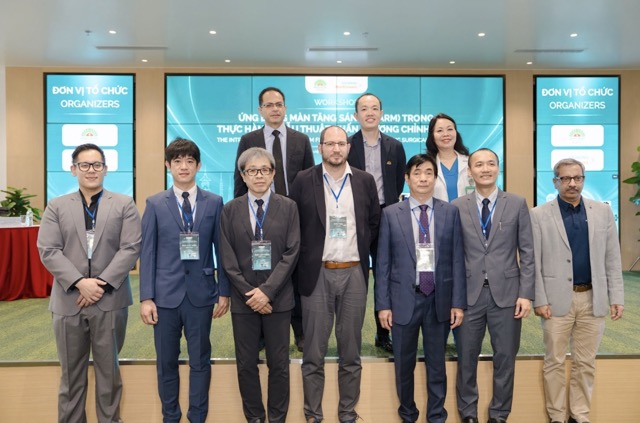
Associate Professor, Dr. Meng-Huang Wu - Chairman of the Department of Orthopedics, Taipei Medical University Hospital, Taiwan (China) also introduced the solution " application of artificial intelligence in spinal endoscopy surgery: Improving accuracy and treatment results", helping to improve the accuracy when determining location of damage and guiding the tool, limiting the impact of soft tissue and blood vessel nerves around the endoscopy area.



